Handmade Leather Shoes in Pakistan: In a world dominated by mass-produced goods, the charm of handmade products is experiencing a renaissance and no where is this more evident than in Pakistan’s thriving industry of handmade leather shoes. Craftsmanship in Pakistan has a rich tradition. The artistry involved in making handmade leather shoes is a testament to the skill and dedication of local artisans.
Craftsmanship in Pakistan
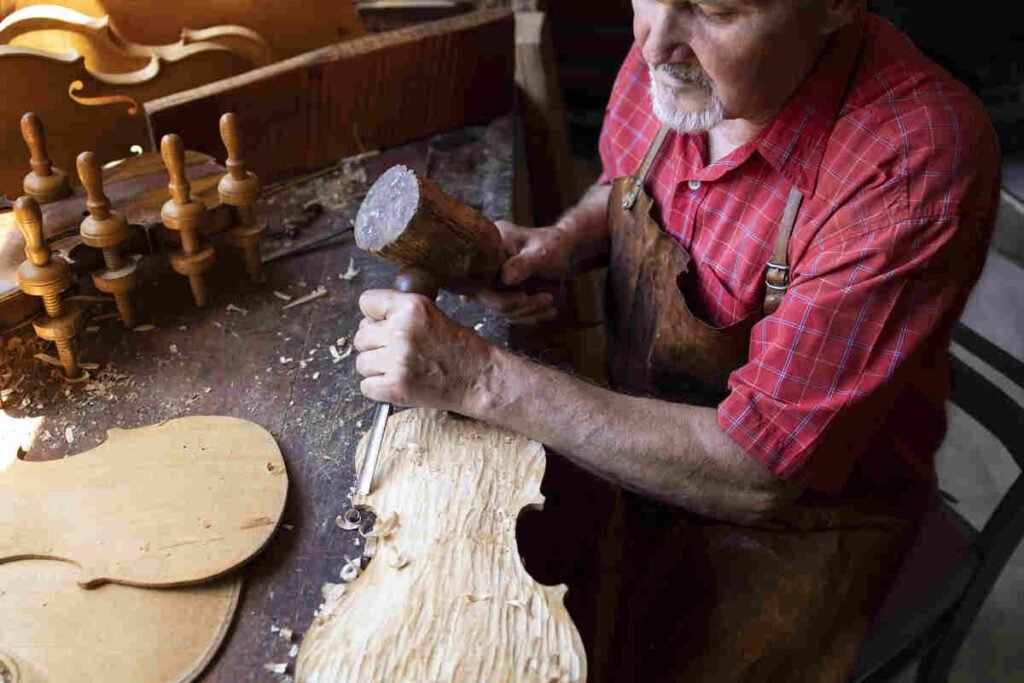
In Pakistan craftmanship is a testament to the country’s rich cultural heritage and artistic traditions. Pakistani artisans have honed their skills over generations, passing down intricate techniques that make their craftsmanship truly exceptional. The artistry involved in various crafts, including textiles, pottery, and especially handmade leather shoes, reflects a deep connection to tradition.
In the realm of handmade leather shoes, Pakistani craftsmen stand out for their meticulous attention to detail. Each pair of shoes tells a story of skill and dedication, with artisans employing traditional methods that have been perfected over centuries. This craftsmanship not only produces high-quality footwear but also contributes to the preservation of cultural identity.
The craftsmanship in Pakistan extends beyond the creation of functional items; it embodies a form of artistic expression. Artisans infuse their work with cultural motifs, patterns, and designs, making each piece a unique representation of Pakistani heritage. The careful selection of materials and the use of time-honored techniques result in products that not only showcase craftsmanship. But also stand as symbols of cultural pride.
Materials Used
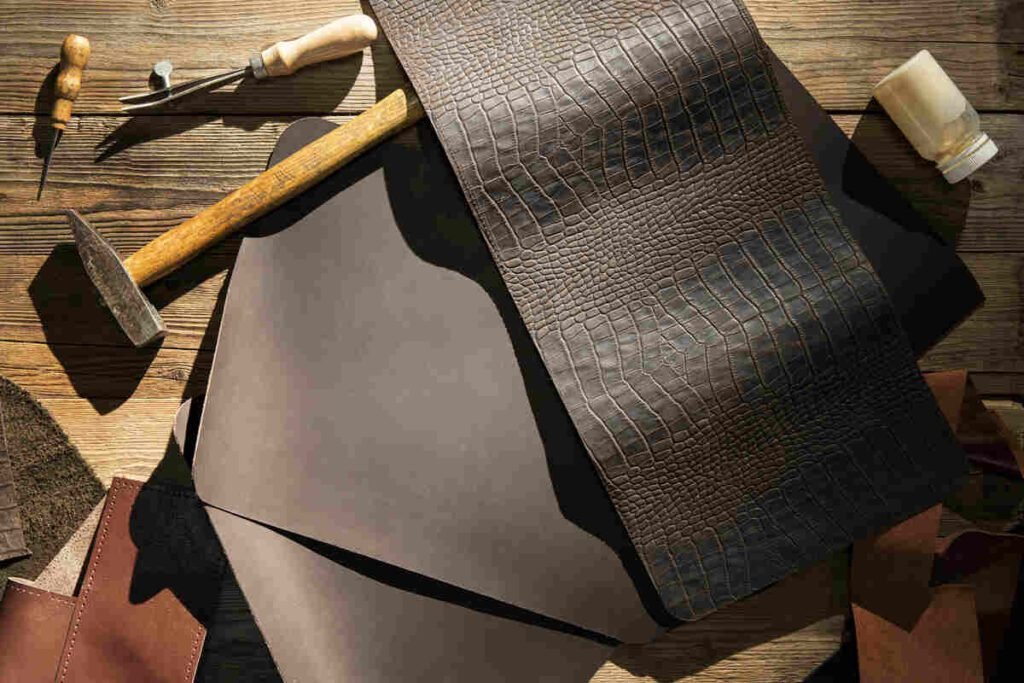
The materials used in crafting handmade leather shoes in Pakistan play a pivotal role in the creation of high-quality, durable, and aesthetically pleasing footwear. Artisans in Pakistan prioritize the use of premium quality leather, sourced meticulously to ensure the utmost standards in their creations.
High-quality leather is chosen for its durability, flexibility, and natural beauty. This emphasis on selecting the finest leather is integral to the success of handmade shoe. Ensuring that the end product not only looks impressive but also stands the test of time. The choice of natural materials is a reflection of the artisans’ commitment to sustainable and eco-friendly practices.
In the creation of handmade leather shoes, the type of leather selected can vary, ranging from full-grain leather to top-grain leather, each with its unique characteristics. Full-grain leather, for instance, is prized for its natural markings and durability, while top-grain leather offers a smoother surface.
Beyond the choice of leather, other materials such as thread, dyes, and embellishments also contribute to the overall quality and appearance of the shoes. Artisans pay careful attention to every detail, ensuring that each component complements the others, resulting in a harmonious and well-crafted final product.
By prioritizing the use of high-quality and natural materials, Pakistani artisans not only create footwear that meets the expectations of discerning customers but also contribute to a sustainable and environmentally conscious approach to craftsmanship. This commitment to materials is a testament to the dedication of artisans in producing handmade leather shoes that are both timeless and environmentally responsible.
Artisanal Techniques
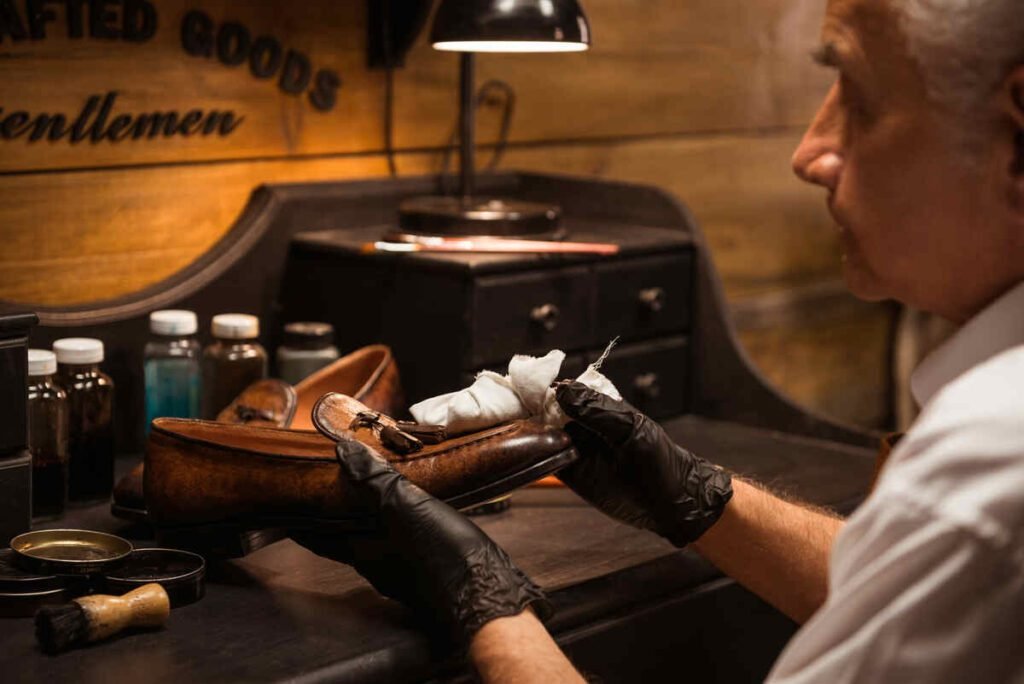
Artisanal techniques employed in the creation of handmade leather shoes in Pakistan are a true embodiment of craftsmanship and tradition. These techniques have been refined and perfected over generations, showcasing the skill and artistry of local artisans.
The process of crafting handmade leather shoes begins with the careful selection of materials, including premium quality leather. Once the leather is chosen, artisans employ traditional methods to cut, shape, and assemble the components of the shoe. Unlike mass production, each pair of handmade shoes is a unique creation due to the hands-on approach of the artisan.
One of the distinctive artisanal techniques involves hand-stitching. Artisans meticulously sew each seam by hand, ensuring a level of precision and durability that is hard to achieve with automated processes. This attention to detail not only enhances the overall quality of the shoes but also contributes to their individuality.
Popularity and Demand
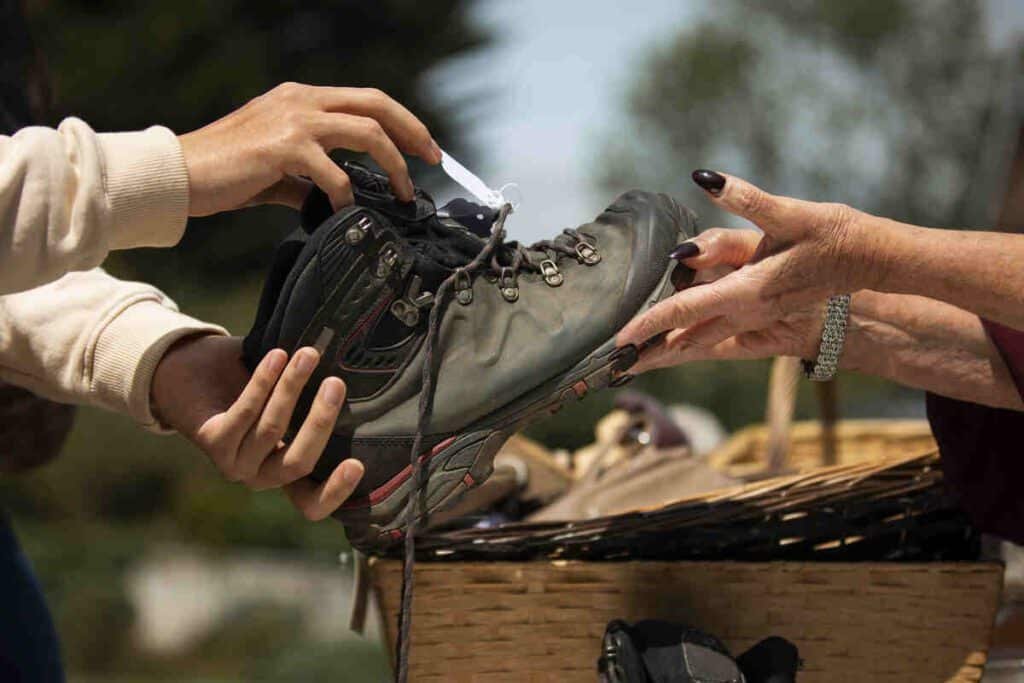
The popularity and demand for handmade leather shoes in Pakistan have experienced a significant surge in recent years, marking a notable shift in consumer preferences. This trend can be attributed to a growing recognition of the unique qualities and authenticity that handmade products bring to the fashion industry.
Consumers are increasingly drawn to handmade leather shoes as they seek more than just functional footwear; they desire a story, craftsmanship, and a personal connection to their possessions. Handmade shoes, crafted with precision and care, offer an alternative to mass-produced options, capturing the attention of those who appreciate the artistry involved in their creation.
The rise in demand for handmade leather shoes is not limited to local markets. Globally, there is a discernible trend toward valuing products that reflect cultural richness and traditional craftsmanship. Pakistani artisans, renowned for their skill, are gaining recognition on the international stage, contributing to the global appeal of handmade leather shoes.
Handmade Leather Shoes in Pakistan: Customization Options
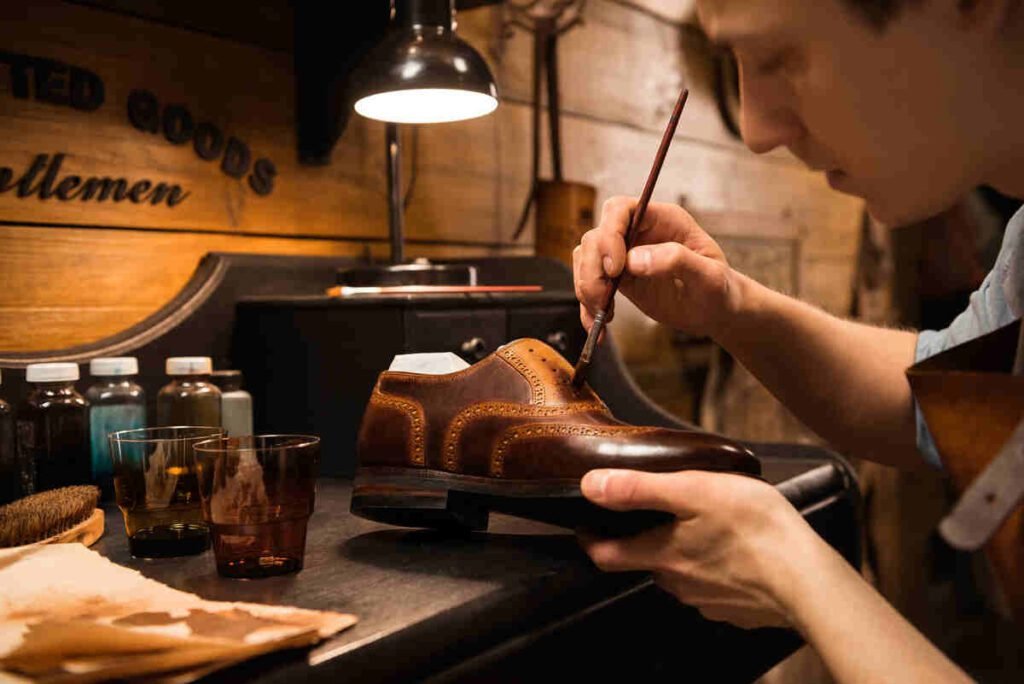
Customization options for handmade leather shoes in Pakistan provide consumers with a unique and personalized experience that goes beyond conventional footwear shopping. The ability to tailor the design and details of the shoes enhances both the practical and aesthetic aspects of the product, setting it apart in a world dominated by mass-produced alternatives.
One of the key advantages of choosing handmade leather shoes is the freedom to express individual style preferences. Consumers can request specific designs, patterns, or even incorporate personal elements, transforming the shoes into a one-of-a-kind fashion statement. This level of customization allows customers to take an active role in the creative process, ensuring that their footwear is not just an accessory but a reflection of their personality.
Artisans working on customized orders showcase remarkable flexibility in accommodating unique requests. Whether it’s a particular color, stitching pattern, or personalized embellishments, these skilled craftsmen bring the customer’s vision to life. This personalized approach fosters a deeper connection between the consumer and the product, elevating the overall satisfaction and sense of ownership.
The customization options extend beyond aesthetics to cater to individual comfort preferences. Customers can request specific modifications in the shoe’s fit, ensuring a personalized and comfortable experience. This attention to detail enhances the overall functionality of the footwear, making it not only a style statement but also a practical and comfortable choice.
Durability and Sustainability
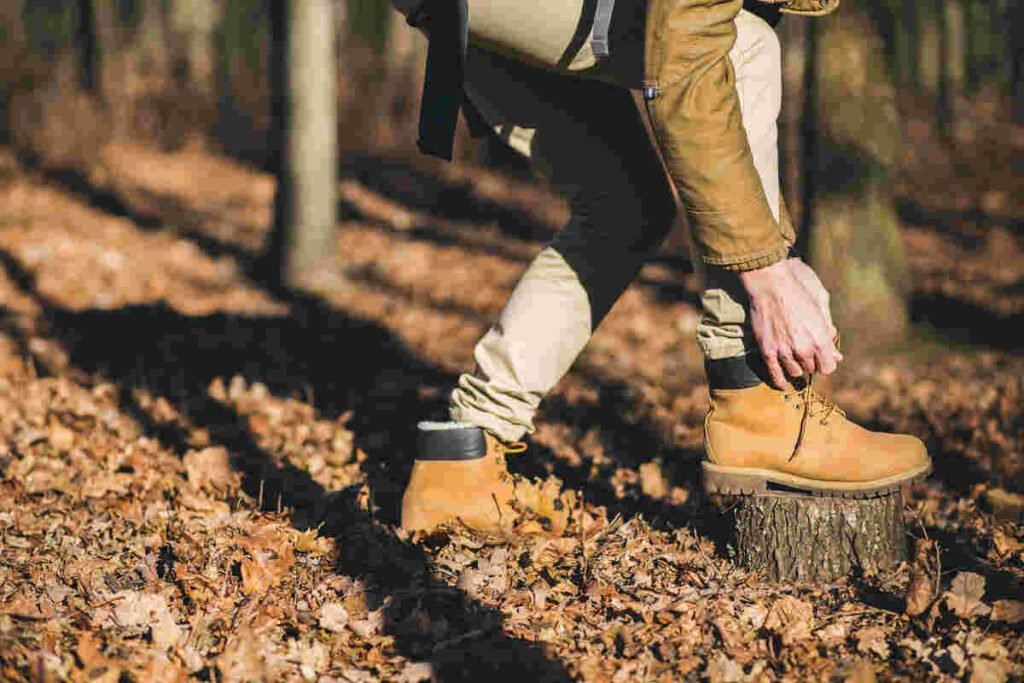
Durability and sustainability are inherent qualities that distinguish handmade leather shoes in Pakistan, setting them apart from mass-produced alternatives in the fashion industry. The commitment to crafting footwear that not only withstands the test of time. But also aligns with eco-friendly practices is a testament to the dedication of Pakistani artisans.
Handmade leather shoes are renowned for their durability, a result of the meticulous craftsmanship and the careful selection of high-quality materials. Artisans prioritize using premium-grade leather, known for its resilience and ability to age gracefully. Unlike mass-produced shoes that may sacrifice durability for efficiency, handmade shoes are crafted with longevity in mind, ensuring that each pair becomes a lasting investment for the wearer.
Sustainability is a key consideration in the production process of handmade leather shoes. Artisans recognize the importance of adopting eco-friendly practices to minimize environmental impact. The emphasis on using natural materials, such as leather, aligns with a growing global trend toward sustainable fashion. The use of traditional, time-honored techniques further reduces the reliance on energy-intensive, modern manufacturing methods.
Challenges Faced by Artisans
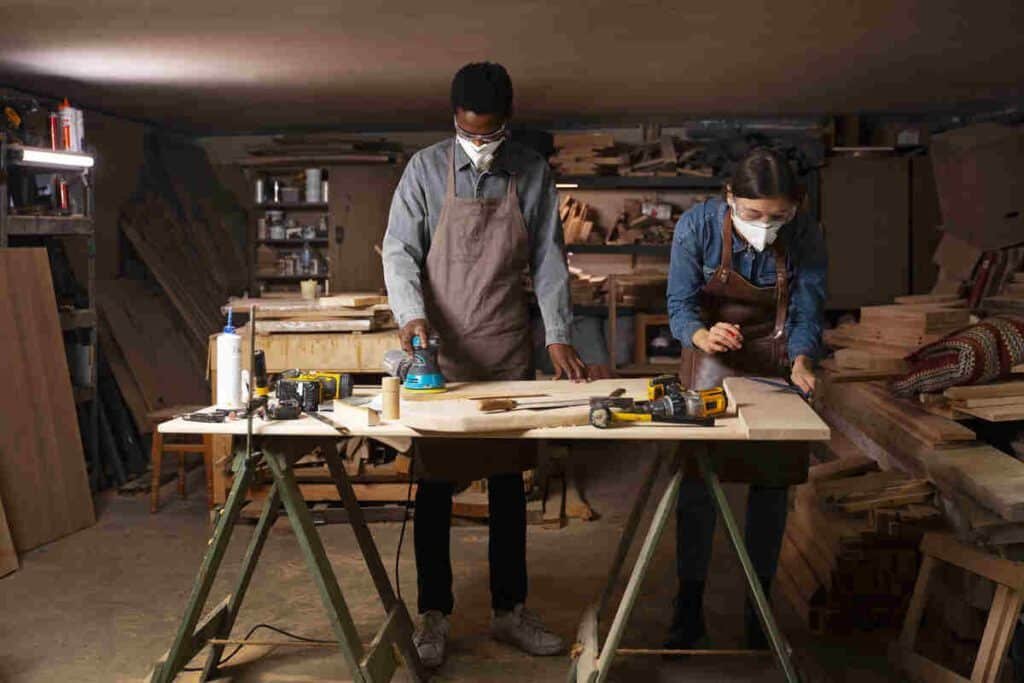
Artisans crafting handmade leather shoes in Pakistan face a myriad of challenges that stem from the intersection of tradition and the demands of the modern world.
- Economic Pressures: One of the primary challenges faced by artisans is economic pressure. In an era of mass production, handmade products can be more time-consuming and labor-intensive, making them potentially less cost-effective. Artisans often grapple with striking a balance between preserving traditional methods and meeting market demands at competitive prices.
- Competition from Mass Production: The rise of mass-produced footwear poses a direct challenge to artisans crafting handmade leather shoes. The allure of lower prices and faster production can divert consumer attention away from the intricate craftsmanship and uniqueness that handmade shoes offer.
- Technological Advancements: While technology can enhance various aspects of production, traditional artisans may face challenges in adapting to modern tools and processes. Striking a balance between preserving age-old techniques and incorporating technology for efficiency is an ongoing struggle.
- Limited Market Exposure: Many skilled artisans operate in smaller, localized markets, limiting their exposure to a broader audience. Overcoming geographical constraints and gaining recognition in the global marketplace can be a significant challenge for these craftsmen.
- Training and Succession: The transfer of skills from one generation to the next is vital for the preservation of traditional craftsmanship. However, the lack of formal training programs and apprenticeships poses a challenge in ensuring. A smooth succession of skills, potentially endangering the continuity of these crafts.
- Cultural Shifts and Consumer Trends: Evolving consumer preferences and shifts in fashion trends can pose challenges to artisans. Who may need to adapt their traditional designs to meet contemporary demands. Striking a balance between preserving cultural authenticity and staying relevant in a dynamic market requires strategic navigation.
Comparison with Mass-Produced Shoes
To appreciate handmade leather shoes fully, it’s essential to understand the differences between them and mass-produced alternatives. Handmade shoes offer superior quality, individuality, and a connection to the artisans. The mass production of shoes often sacrifices these elements for efficiency.
Fashion Trends and Handmade Shoes
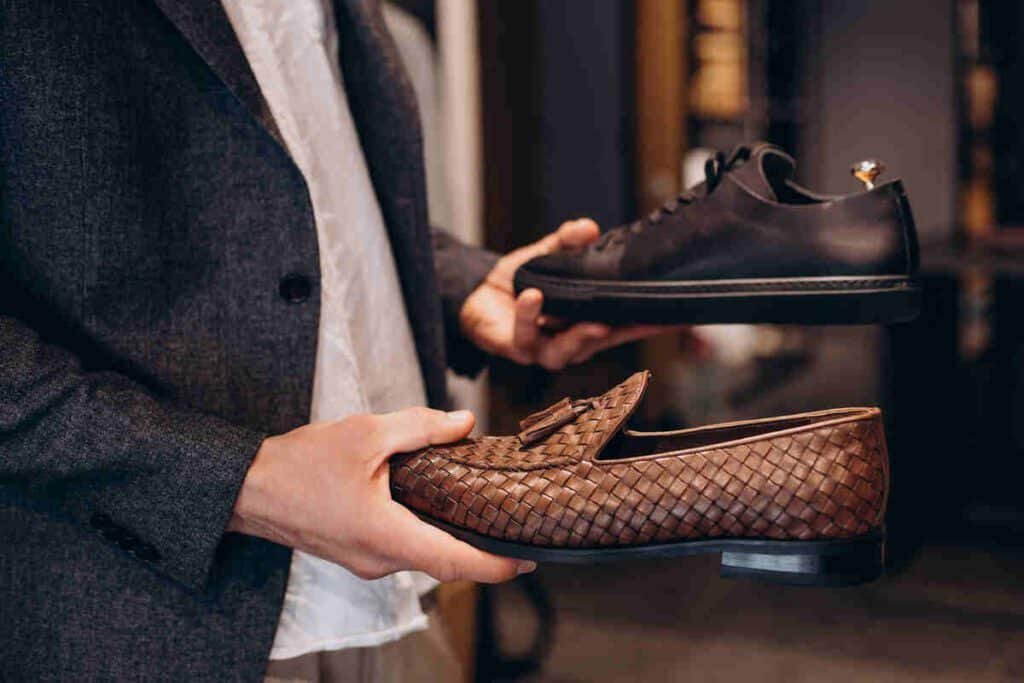
The integration of handmade shoes into modern fashion trends is a testament to the enduring appeal and versatility of these artisan-crafted footwear pieces. In recent years, there has been a noticeable shift in the fashion industry towards embracing the uniqueness.
- Artistic Expression in Fashion: Handmade shoes bring an element of artistic expression to fashion. The intricate detailing, hand-stitching, and personalized touches inherent. In these shoes have caught the attention of designers and fashion enthusiasts alike. As a result, handmade shoes are increasingly being featured in high-end fashion collections and runway shows.
- Unique Designs and Patterns: The individuality and customizability of handmade shoes make them a perfect fit for the ever-evolving landscape of fashion trends. Designers appreciate the opportunity to collaborate with skilled artisans. Creating unique designs and patterns that stand out in a market saturated with mass-produced footwear.
- Crossover with Sustainable Fashion: The growing emphasis on sustainable and ethical fashion aligns seamlessly with the ethos of handmade shoes. Consumers are becoming more conscious of the environmental impact of their clothing choices. Leading to an increased demand for products that are not only stylish but also crafted with sustainability in mind.
- Influence on Street Style: Handmade shoes are making their mark on street style, where individuality and authenticity are highly valued. Fashion influencers and trendsetters are incorporating handmade leather shoes into their outfits, adding a touch of traditional craftsmanship to contemporary streetwear looks.
- Collaborations with Designers: Many renowned designers are recognizing the value of collaborating with traditional artisans to create exclusive collections. These collaborations not only showcase the craftsmanship of handmade shoes but also bridge the gap between traditional techniques and modern design aesthetics.
Handmade Leather Shoes in Pakistan: Buying Guide

When embarking on the journey to purchase handmade leather shoes in Pakistan. It’s essential to follow a comprehensive buying guide to ensure a satisfying and informed decision. Start by gaining an understanding of the intricate craftsmanship involved in creating these shoes. Appreciating the attention to detail and artistry. Prioritize shoes crafted from high-quality leather, with full-grain or top-grain options being excellent choices for durability and natural beauty. Distinguish between hand-stitched and machine-stitched shoes, with a preference for the former for superior craftsmanship. Explore customization options to personalize designs, colors, and embellishments according to your preferences.
Additionally, prioritize comfort and fit, as handmade shoes can be tailored to suit specific foot measurements. Verify the authenticity of the product by researching the artisan or brand, ensuring a unique and genuine connection to skilled craftsmanship. Inspect finishing touches, such as polish and overall appearance, as hand-finished shoes often exhibit a level of refinement. Review customer testimonials to gauge the experiences of others, providing valuable insights into the product’s quality and satisfaction. Consider sustainability by choosing artisans who prioritize eco-friendly practices and natural materials.
Handmade Leather Shoes in Pakistan: Cultural Significance
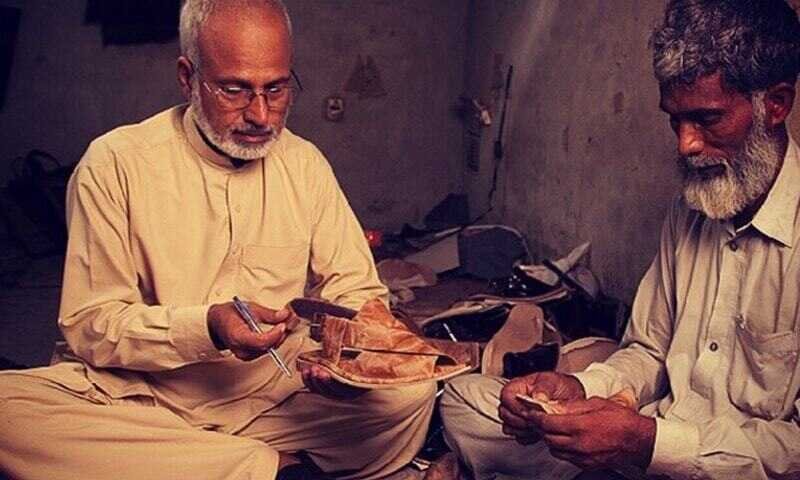
The cultural significance of handmade leather shoes in Pakistan extends far beyond their functional utility. Encapsulating a rich tapestry of tradition, heritage, and artistic expression. Wearing handmade shoes becomes a symbolic act, connecting individuals to the profound cultural roots embedded in each meticulously crafted pair.
These shoes often incorporate intricate designs, patterns, and traditional motifs, serving as tangible expressions of Pakistan’s diverse cultural heritage. The artistry involved in their creation reflects a legacy passed down through generations. Preserving the authenticity of craftsmanship that defines the region.
Beyond aesthetics, handmade leather shoes hold symbolic value as bearers of cultural identity. They serve as ambassadors of Pakistani traditions, communicating stories, values, and a sense of belonging. The choice to wear these shoes becomes a conscious celebration of one’s heritage, a statement that transcends mere fashion.
In special occasions and ceremonies, handmade shoes play a pivotal role. They are often an integral part of traditional attire, enhancing the cultural significance of rituals and celebrations. The craftsmanship invested in each pair becomes a manifestation of respect for cultural practices and a homage to the artisans who uphold them.
Conclusion Handmade Leather Shoes in Pakistan
In conclusion of Handmade Leather Shoes in Pakistan, the allure of handmade leather shoes in Pakistan lies in the perfect blend of tradition, craftsmanship, and individuality. As consumers, we have the power to support local artisans and preserve the art of handmade products. Choosing handmade leather shoes is not just a fashion choice; it’s a statement of appreciation for skill, culture, and sustainability.